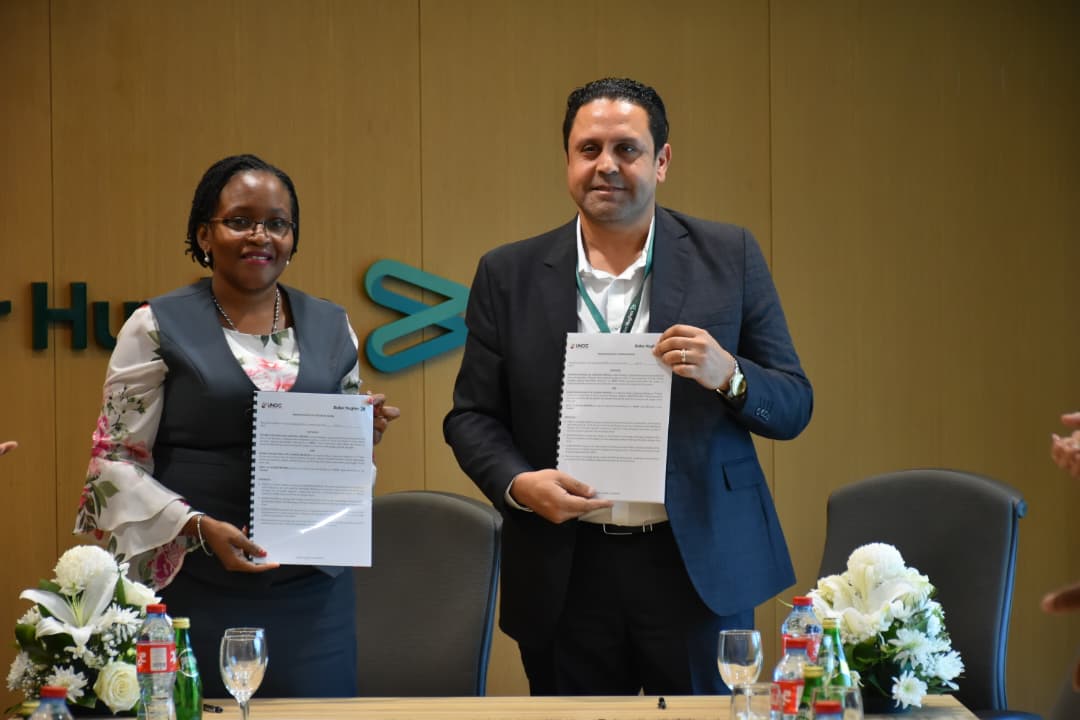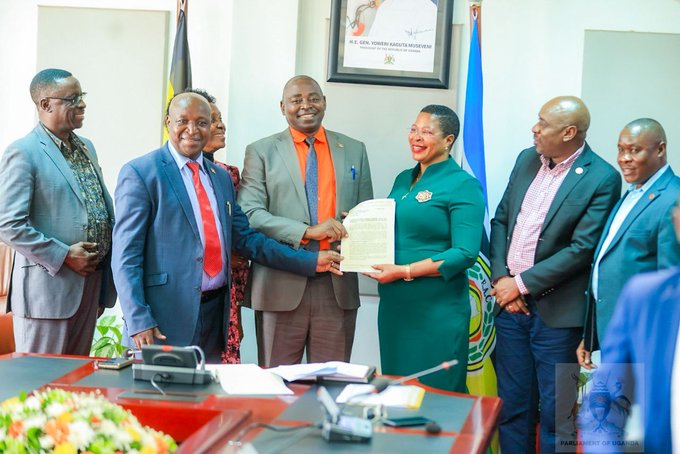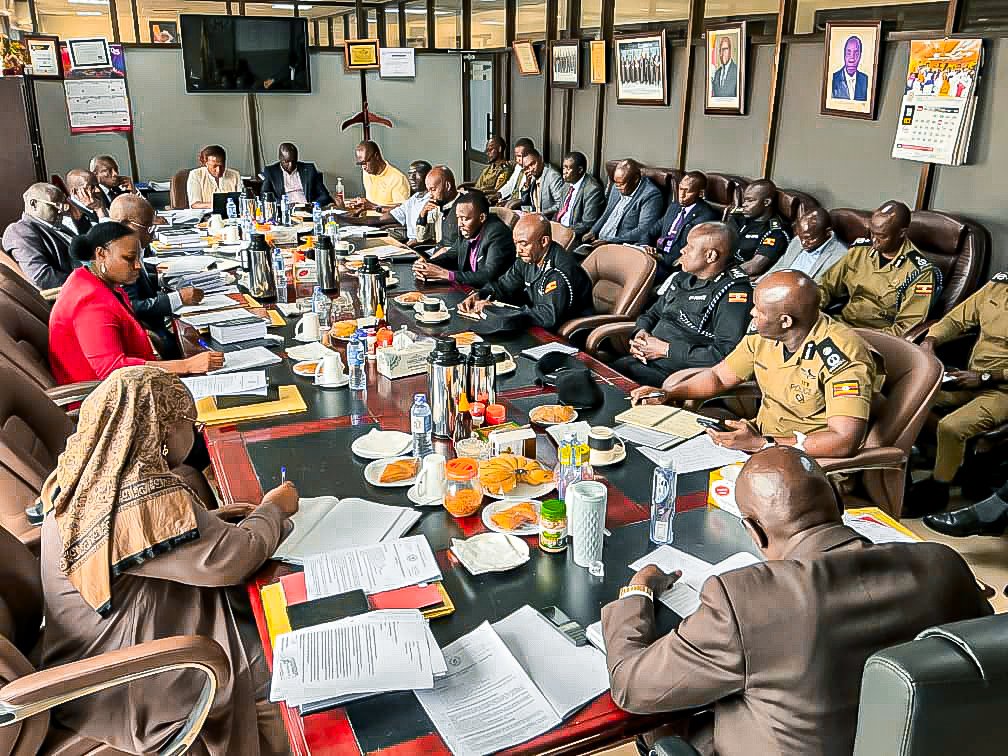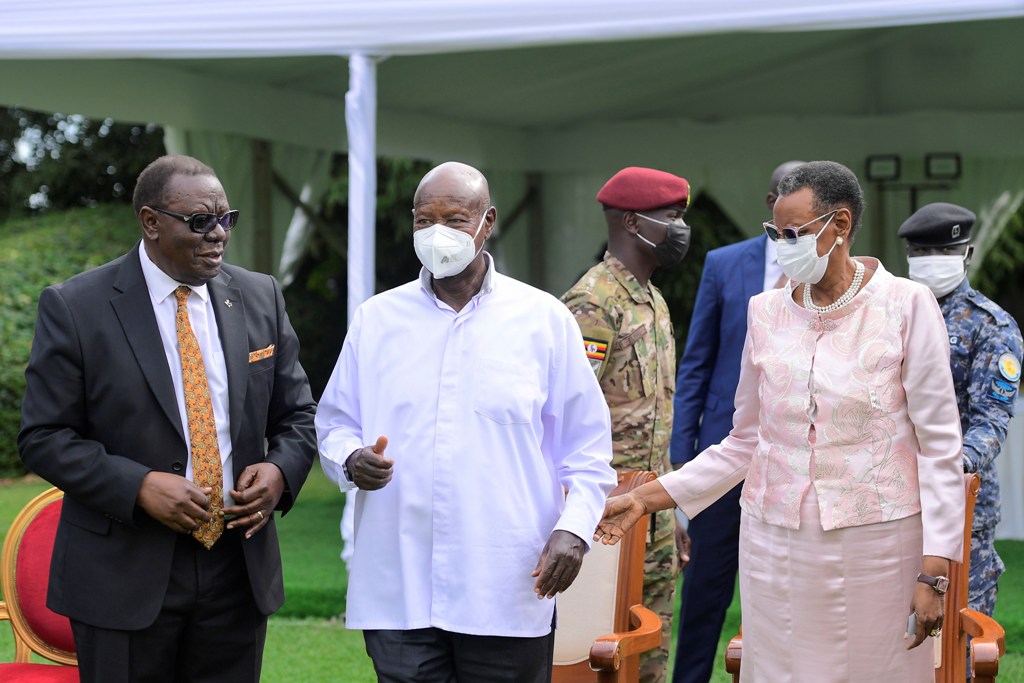NIRA kicks off pilot for mass enrolment and ID renewal exercise
The backbone of this exercise is a newly built National Security Information System, developed on the Modular Open Source Identification Platform (MOSIP). It includes modules for new registration, renewal, correction of particulars, replacement, and first-time issuance for citizens aged 16 and above.
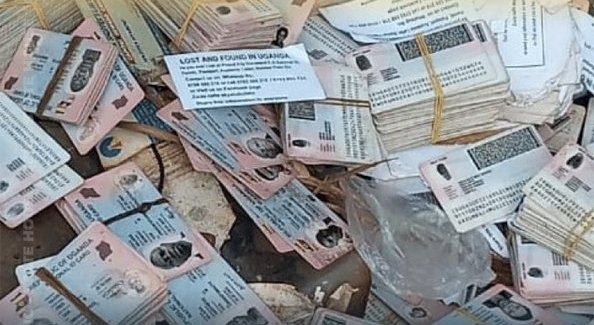
The National Identification and Registration Authority (NIRA) officially launched the pilot phase of its Mass Enrolment and Renewal Exercise, an ambitious national initiative aimed at updating Uganda’s identification register and reaching unregistered citizens.
The pilot phase, which runs from May 2 to May 26, 2025, marks a significant milestone in NIRA’s ongoing effort to modernize identity management and prepare for the expiration of millions of ID cards in 2025.
“This pilot will enable us to test systems and workflows ahead of the full-scale rollout. It also allows the Electoral Commission to complete the National Display Exercise—an essential process for our democracy and sovereignty,” reads the official statement from NIRA.
The pilot began with the renewal of National IDs for members of NIRA’s Board of Directors and top management of the Ministry of Internal Affairs, setting the stage for broader engagement with identified stakeholders across selected registration sites.
According to the statement, “Beginning May 27, 2025, the National Identification and Registration Authority will mobilize and deploy at the parish level within every district in the 146 administrative units of this country.”
Upgraded Systems and Equipment for Nationwide Reach
This national operation follows the August 2022 Cabinet approval to renew over 15.8 million National ID cards and register another 17.2 million Ugandans, many of whom were never enrolled in the National Identification Register. To date, the register holds biometric and biographic data for 27.7 million Ugandans.
On July 8, 2024, NIRA signed a contract with Tahaluf Al Emarat Technical Solutions, a move that facilitated a large-scale technology upgrade. “The biometric registration kits—totaling 5,665—were fully delivered in January 2025 and distributed countrywide starting February,” the Authority stated.
Additionally, two high-capacity card production machines capable of producing up to 100,000 laser-engraved IDs per day were delivered in March 2025. The data infrastructure was also upgraded, including “five racks, 80 servers, firewalls and communication equipment installed and configured between October 2024 and January 2025.”
The backbone of this exercise is a newly built National Security Information System, developed on the Modular Open Source Identification Platform (MOSIP). It includes modules for new registration, renewal, correction of particulars, replacement, and first-time issuance for citizens aged 16 and above.
“This new system allows for online pre-registration of biographic data and integrates birth and death registration, addressing the issue of fragmented systems,” NIRA said. The link for online pre-registration will go live on the NIRA website on May 27, 2025. In another first for Uganda, the system will now capture the iris as an additional biometric feature, further enhancing data security and identity verification.
Service Access and Requirements Explained
The Authority emphasized that most services in the mass exercise will be offered free of charge, with specific documentation requirements depending on the type of application. For renewals, citizens must present either the expired ID or a valid police report if the ID has been lost. During card issuance, the old card will be invalidated, and applicants will retain their existing National Identification Number (NIN).
New registration for minors under 18 requires a copy of at least one parent’s National ID. In the absence of parental documentation, the ID of a grandparent or a direct blood relative may be used. An adult must accompany the minor to support the identification process.
For adults above 18, the process is similar. In addition to family identification, applicants without such documents may use a letter from the LC1 Chairperson, Parish Chief, or LC3, endorsed by the GISO, DISO, or RDC. NIRA warns that “it is the duty of the applicant to present complete, accurate and reliable information in order to fast-track this process.”
Services such as change or correction of particulars will be offered only at NIRA district offices due to legal documentation requirements and will incur a UGX 200,000 fee. Meanwhile, replacement of lost IDs will cost UGX 50,000, although citizens are encouraged to opt for renewal if their card has expired.
Upon successful application, National IDs will be issued for those aged 16 and above, and new registrants will be allocated a NIN. “During the processing of information, an applicant may be required to provide additional information,” the statement adds. Cards are expected to be issued within three to five months after application.
Toward a Digitally Inclusive Uganda
The Mass Enrollment and Renewal Exercise is not just about replacing expired cards—it is a key step toward building a more integrated, digital, and secure identity management ecosystem. By enhancing biometric capture, digitizing workflows, and expanding access to ID services down to the parish level, the government aims to ensure that no Ugandan is left behind.



